Art Gaucín 2025


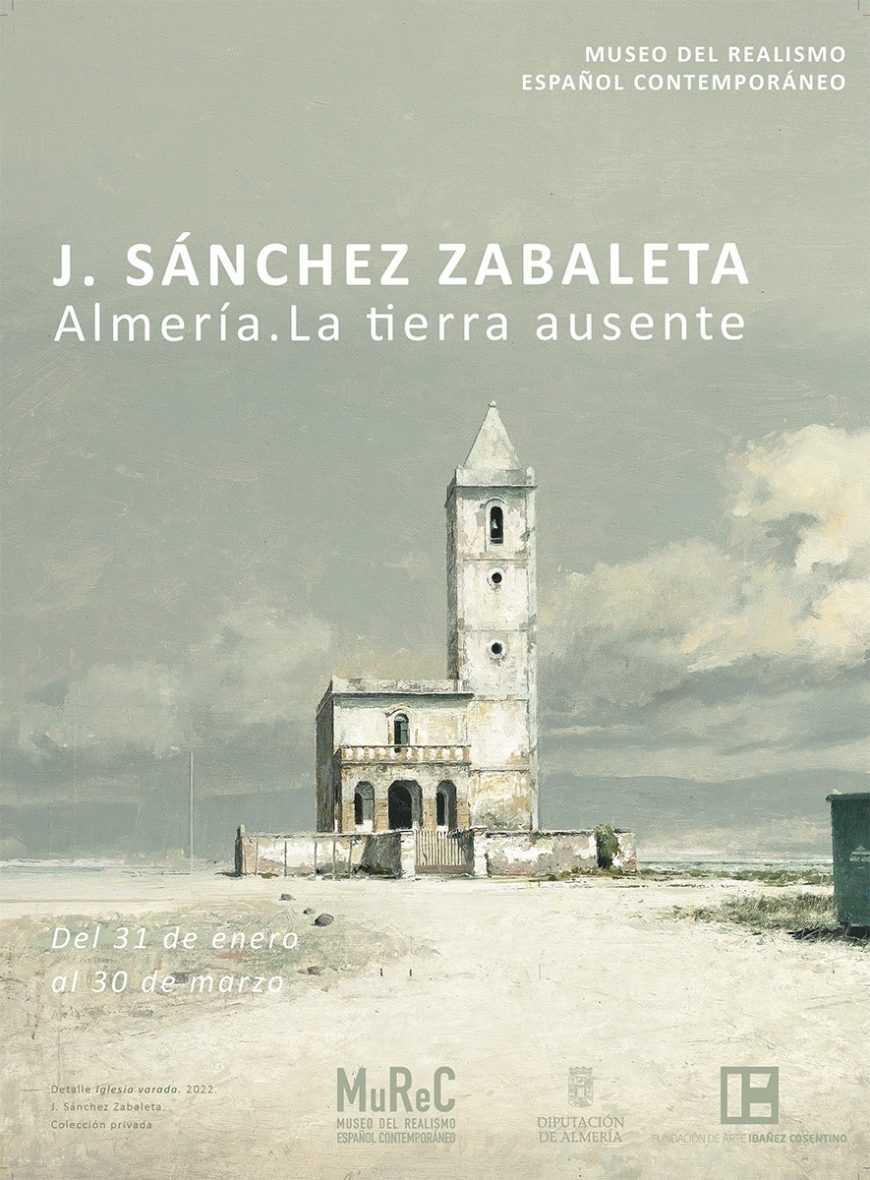
The Museo del Realismo Español Contemporáneo (MUREC, Almería) presents the exhibition Almería. La tierra ausente by the painter Joseba Sánchez Zabaleta (Cistierna, León, 1970), in which he expresses the sensitive and spiritual experience that the province produces in him and how it has inspired him to create his series El olvido que nos habita, from which 18 works dating from the last five years have been selected for the occasion.
Committed to realism, Sánchez Zabaleta reflects through painting on the objects that surround us and on the creative process itself: visual poetry. Using elements from nature and the Almerian landscape, everyday objects and abandoned buildings, he shows the perishable, the passing of time and the transformation of matter. Each of his paintings evokes silence and from introspection invites the viewer to become the protagonist of the scene, starting from contemplation and meditation, in a painting of pause and stillness.


The exhibition, organised by the Ibáñez Cosentino Art Foundation in collaboration with the Diputación de Almería and curated by Juan Manuel Martín Robles, delves into a lesser-known Almería, because the painter’s creative process maintains a constant, the search for places that move, those which, from the ruins and through a refined painting, are shown in a desolate and absent space.
The landscapes that will be on display until 30 March in Room 2 of temporary exhibitions at the MUREC feature Cabo de Gata, a refuge for the artist, where his ideas for painting and the inspiration of everyday life come from. A landscape full of silence where the humble vegetation, the passing of time, the clamour of its landscapes and the echo of the voices of its people cohabit.
Through different pictorial constructions, the painter explores the concept of inhabiting, which has lost meaning and significance, associated with a mere physical aspect, that of a simple occupation of space. However, from his painting, he proposes an anthropological and philosophical vision of how we inhabit a territory from a symbolic, physical and aesthetic construction, from a concern for rootedness and forms of belonging.
From the perspective of the traveller-painter, architecture, the fragment and the fragile take centre stage in each of the pieces that make up this exhibition. Memory and its debris become the objective narration of the passage of time, in a dialogue between past and future.
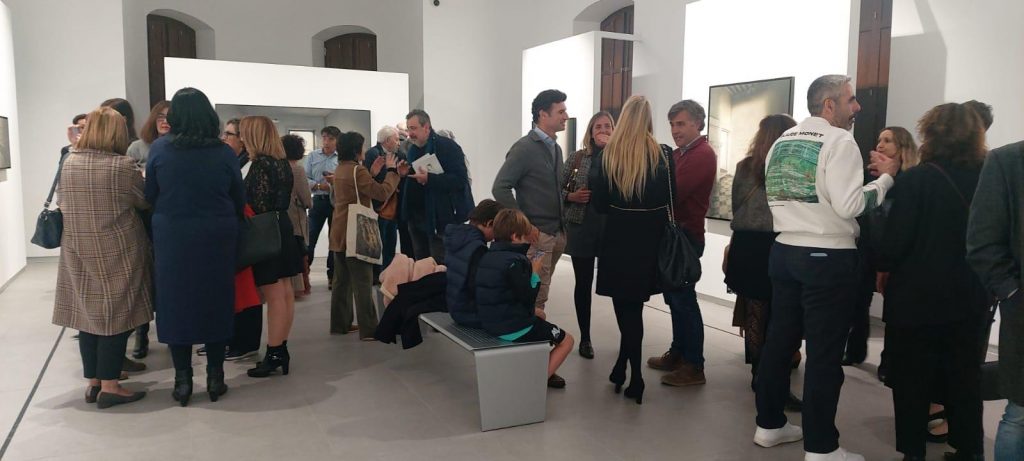
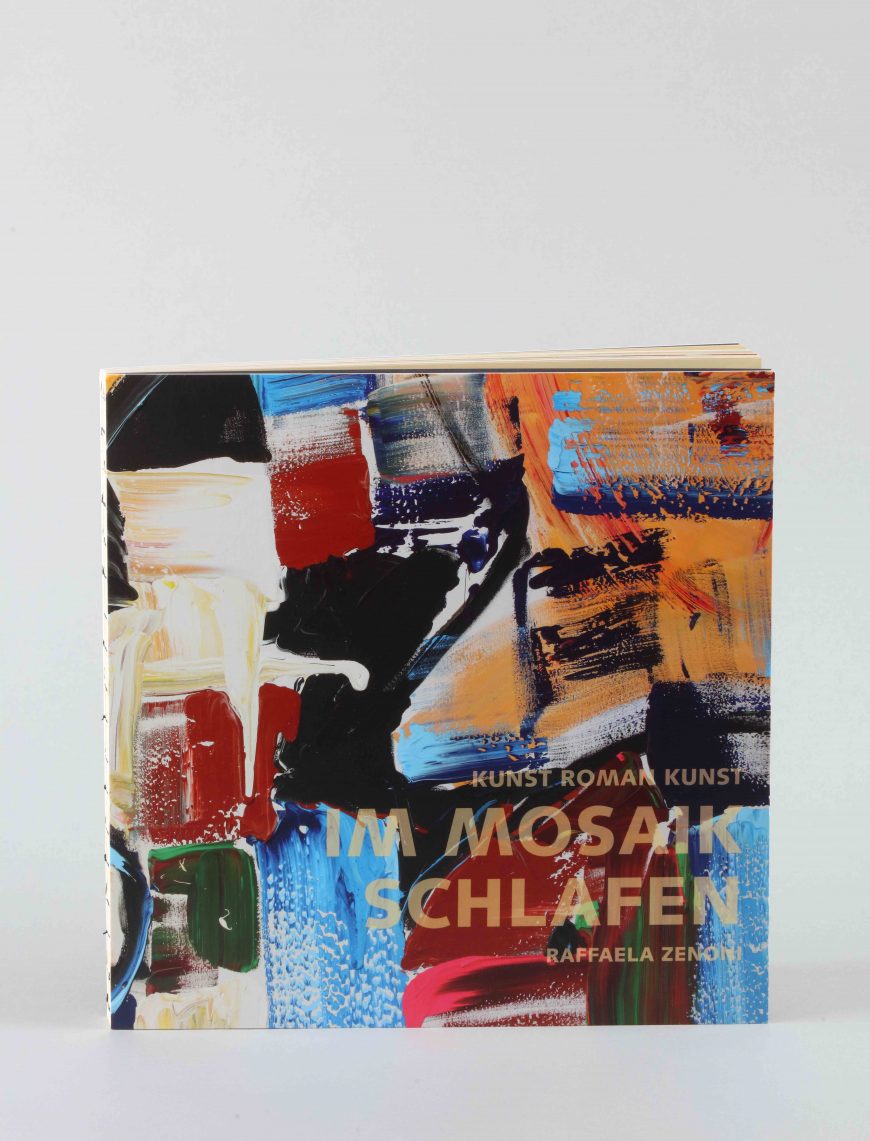
In this art novel ‘Sleeping in a Mosaic’ , imaginative literature corresponds with inspiring paintings. The book tells the story of Marie and her aunt Selva in a playful yet profound way. Together with the versatile amber Amael, they embark on an adventurous journey and repeatedly dive into the sunken city, where they explore the ‘script of gratitude’. In the end, the two narrative strands come together to form a sublimated overall picture, completed by the imaginative integration of the missing pieces of the mosaic.
With this artistic novel, the narrative is reinforced and illustrated by the corresponding images. The portraits of the main and supporting characters appear as full images or unexpectedly as mosaic pieces in the novel. In this way, they underline the appreciative approach, which aims to inspire readers with subtle humour and playful light-heartedness. Existential themes are relieved of their gravity in a playful and creative way.
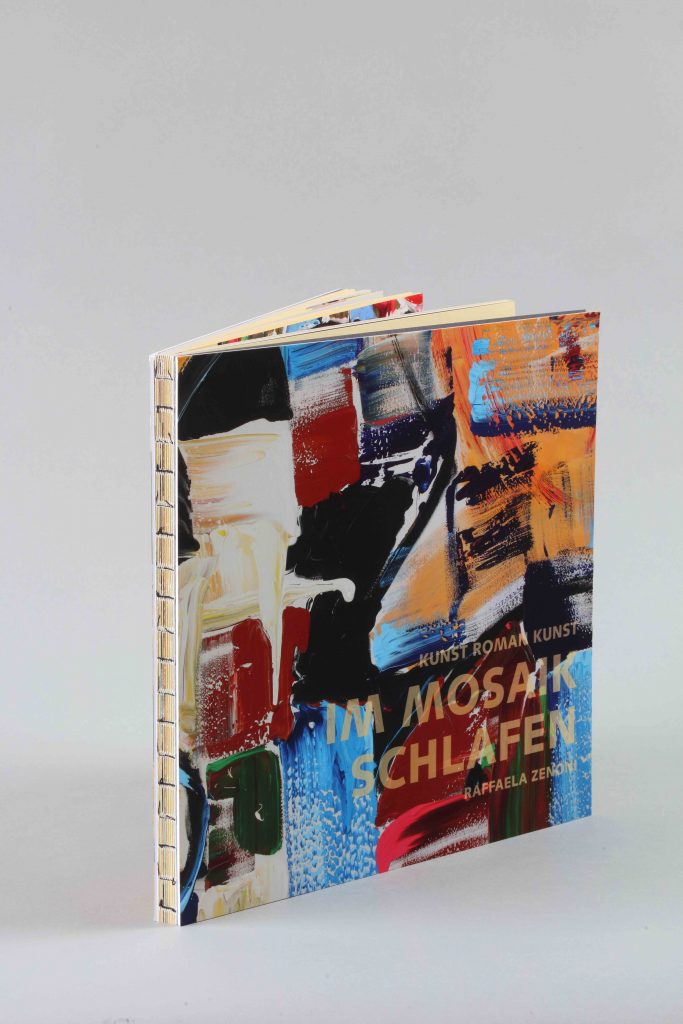
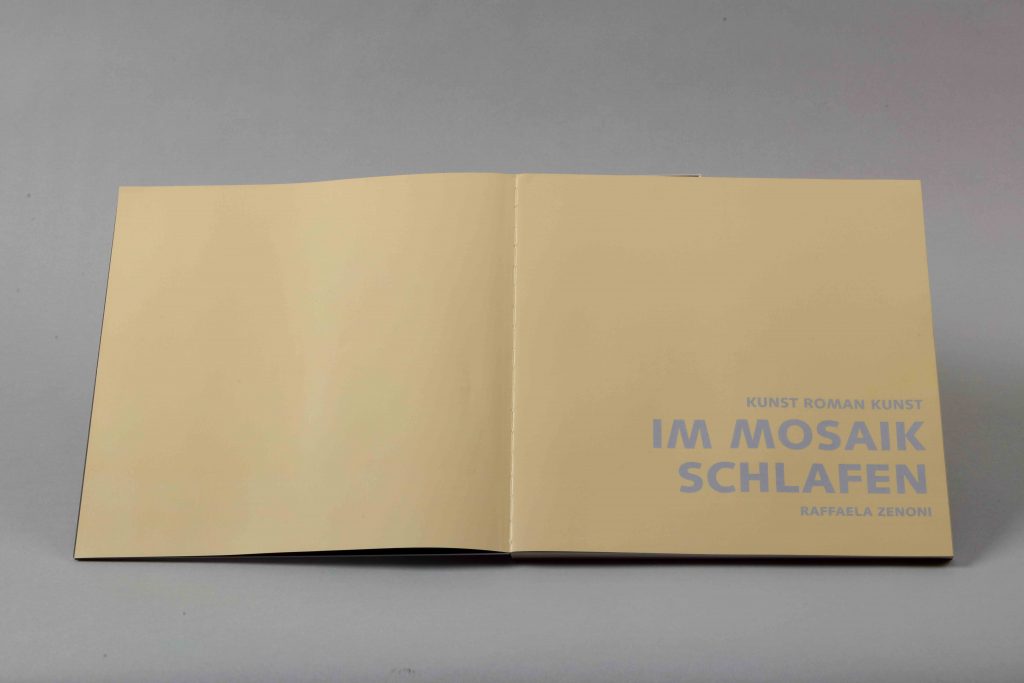



Considered for many years as a minor art, ceramics is experiencing a sweet moment and now occupies a relevant place in the contemporary art scene in its own right.
LA REUNIÓN was born from the desire to promote the exhibition of artists who work with ceramics, showing the many possibilities it offers within the current art.
With the support of Gaucín’s town hall, starting this journey with 10 relevant artists in the ceramic world we invite you to the first exhibition of this collective of the hand of LA CASA AMARILLA and as collaborators and godmother of this artistic initiative and curated by Fernada J Carregado.
Date: August 16 to September 9
Venue: Cultural Center the convent, Gaucin
Inauguration: August 16 – 19:00 h
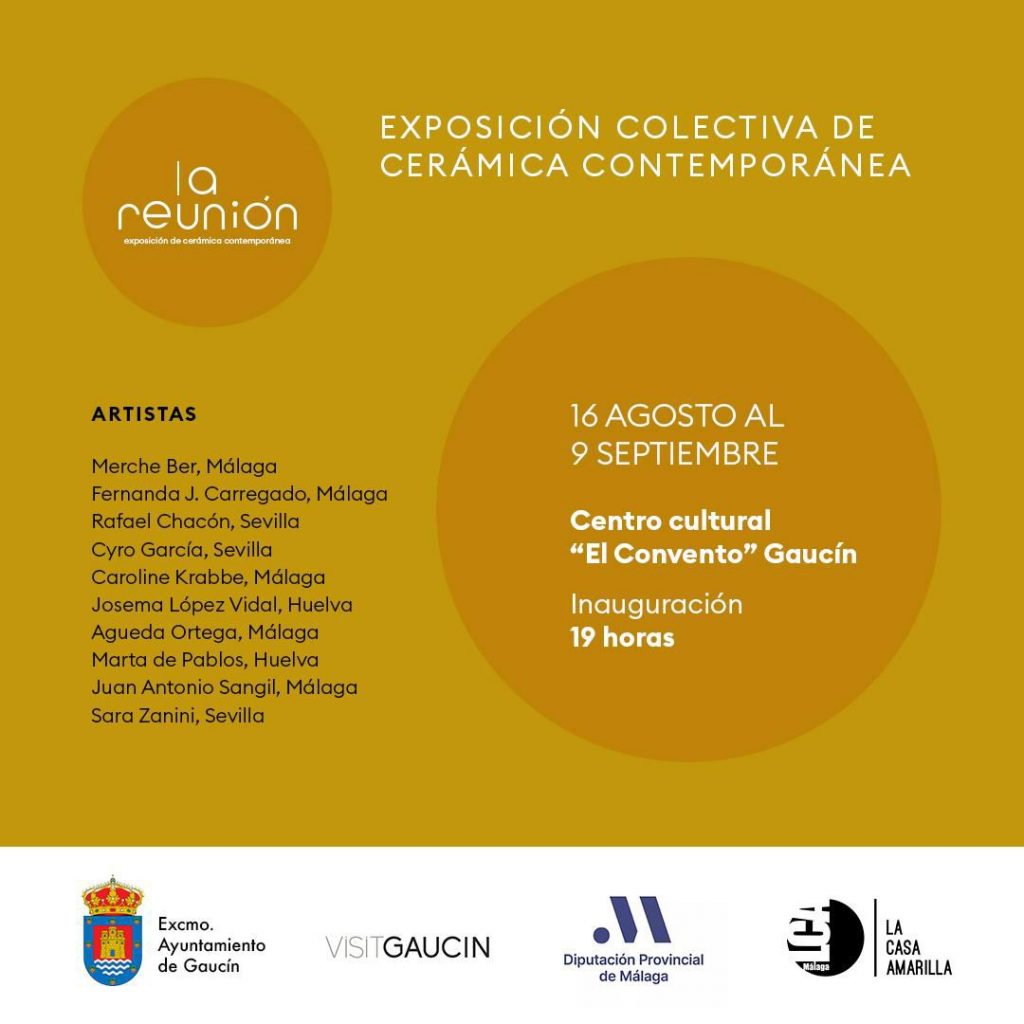


The old town hall in Split houses Raffaela Zenoni’s new exhibition “Assembly”.
The concept of “Assembly” elegantly links the historical function of the exhibition space with the central portrait theme of the work presented. It should be noted that the assemblage of Raffaela Zenoni’s works for this exhibition, in addition to painting, includes two types of sculptures that the artist creates in parallel.
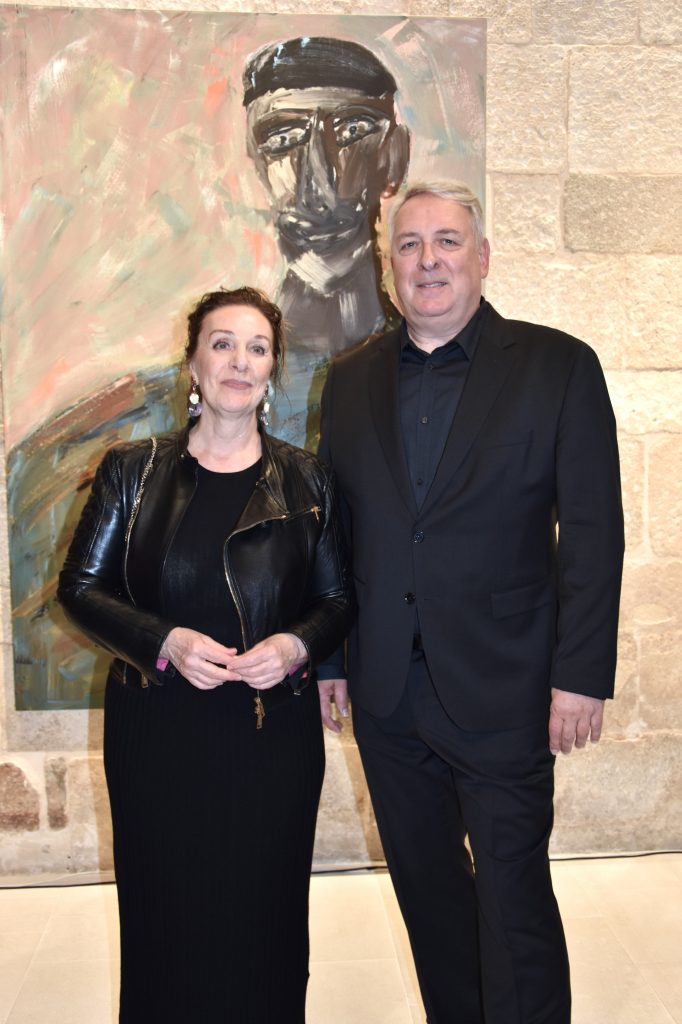


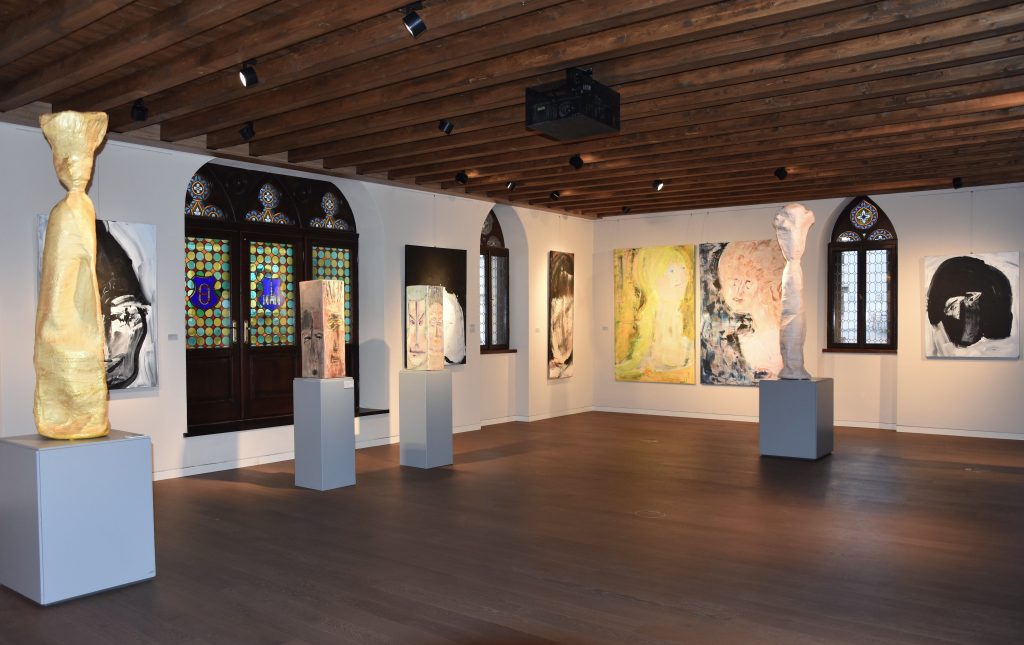

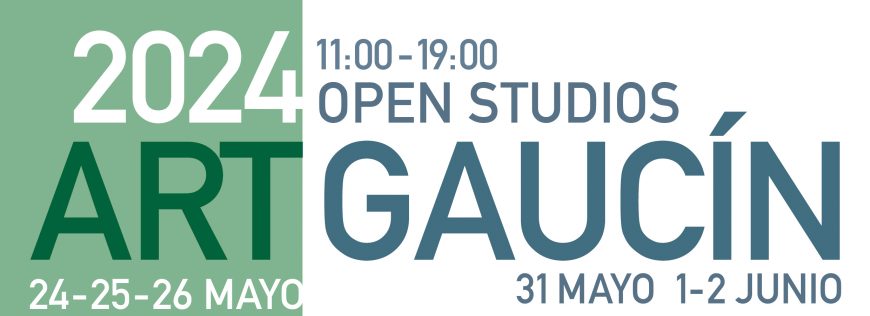
This year 23 artists will open the doors of their studios as they do every year. This year a new member Peter Dover joins the team.The two guest artists this year are Elena Camacho and Bárbara Sunhy.
We are waiting for you all in Gaucín to enjoy one more year of this art event.



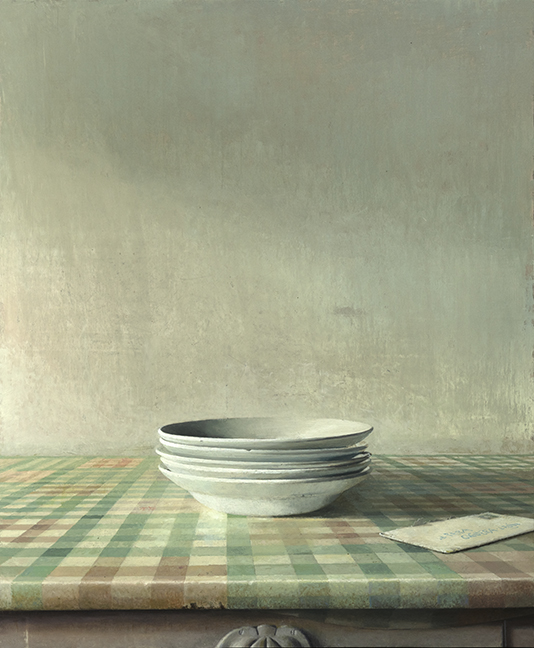
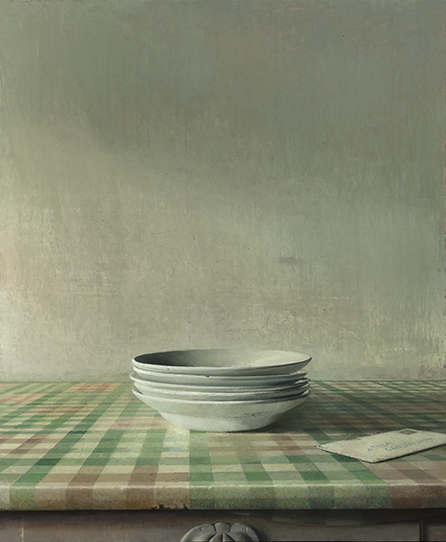
Art Gaucín member Joseba Sánchez Zabaleta becomes part of the permanent collection of the MUREC.
On Friday 15th March 2024 the Museum of Contemporary Spanish Realism, MUREC, was inaugurated in Almería: the only museum in the country dedicated to this artistic movement. It is housed in an emblematic 16th century building, the former Santa María Magdalena Provincial Hospital. A new exhibition space that houses 300 works of art within its walls steeped in history.
The permanent collection of the MUREC shows works by artists with a name of their own in 20th century Art History: Sorolla, Zuloaga, Romero de Torres, Antonio López, Ramón Gaya, Andrés García Ibañez and Carmen Laffón. Also the famous group of Madrid realists which, in addition to Antonio López, includes artists such as María Moreno, Amalia Avia, Francisco López and Isabel Quintanilla, Julio López and Esperanza Parada.
Room 10 exhibits works by the most significant realists of the 21st century. Two works by the Basque artist Joseba Sánchez Zabaleta hang on the walls of this room and become part of the museum’s permanent collection.

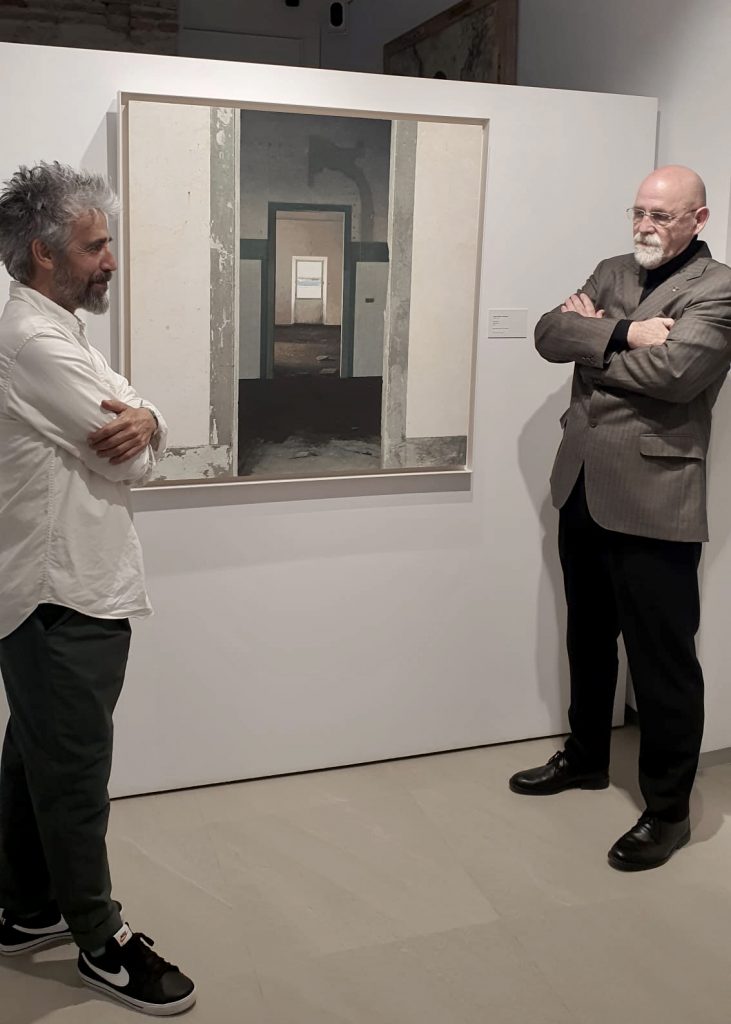
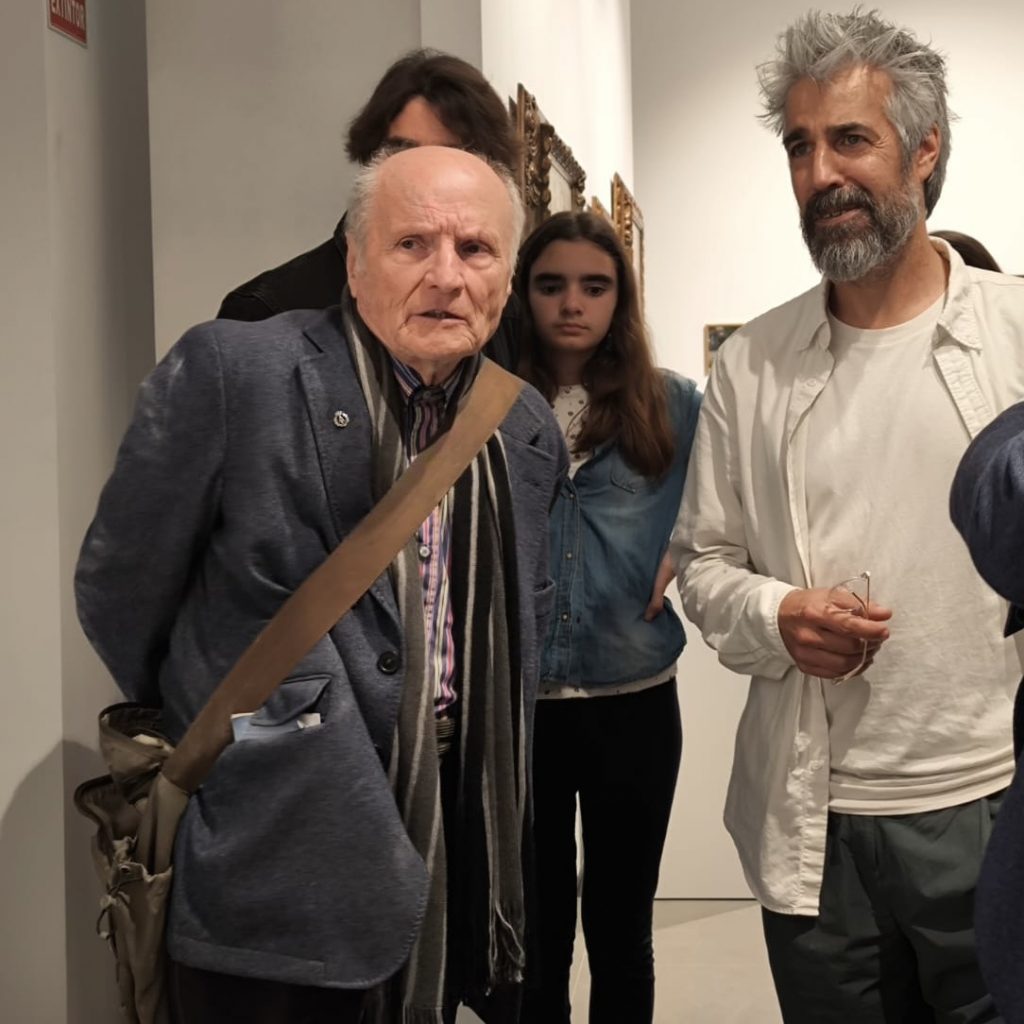

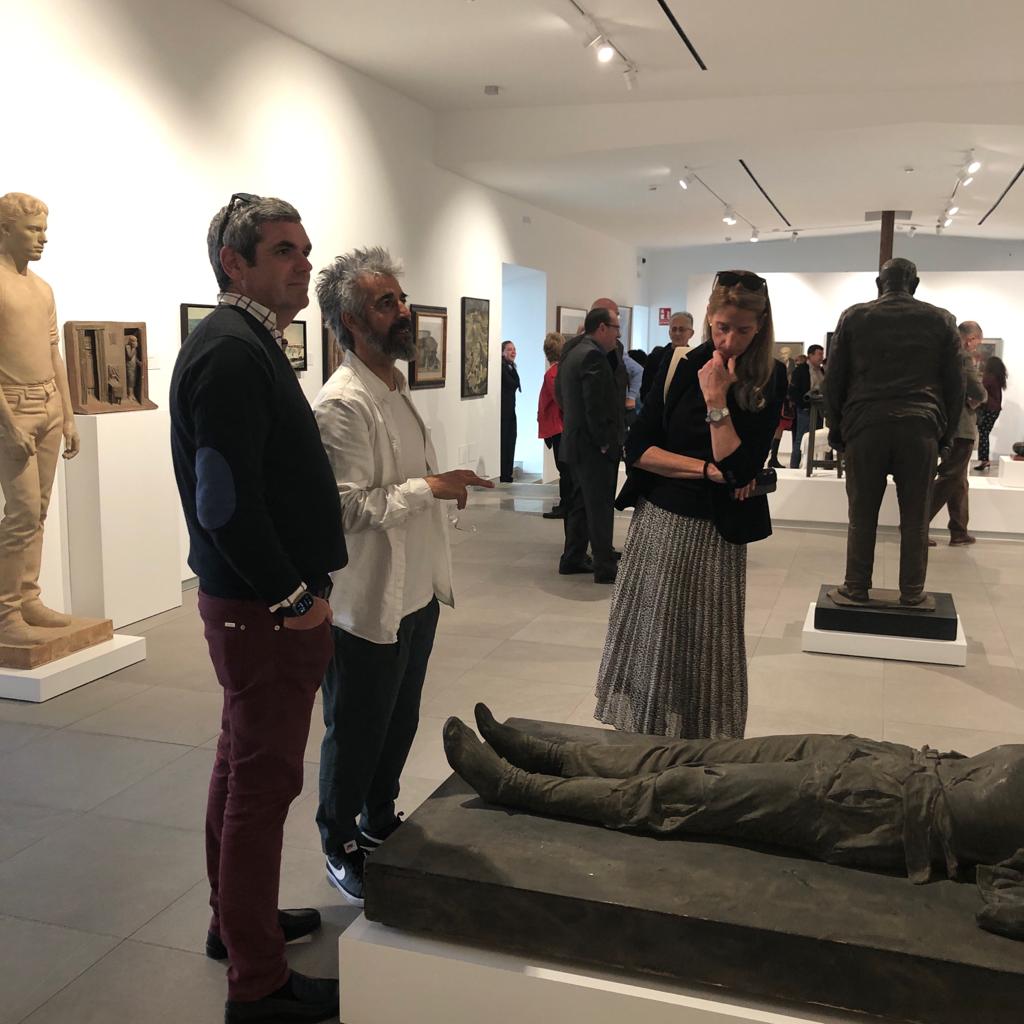
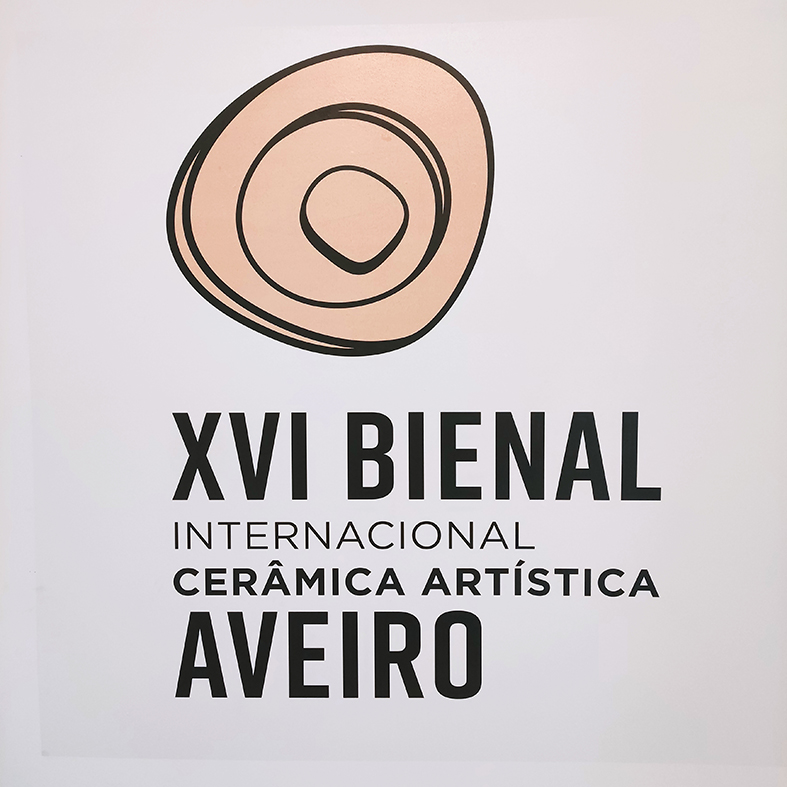

The member of Art Gaucín, Juan Antonio Sangil is exhibiting at the XIVI International Biennial of Aveiro.
Aveiro occupies a privileged place in the centenary depth of ceramic creation and production, being synonymous of an identity assumed as a factor of innovation and economic, social and cultural development of the City, the Municipality and the Region.
Celebrating and projecting artistic ceramics as a distinct and distinctive art, and seeking its creative dynamics towards the future, the International Biennial of Artistic Ceramics of Aveiro was created in 1989, which this year celebrates its 16th edition. It is more than three decades of constant commitment that, from 2017, acquired a unique brilliance, the result of the commitment and investment made by the City Council of Aveiro, on the path of affirmation and consolidation on a global scale.
This edition of the Biennial has the largest participation in its history, with 565 artists and 915 works in competition. 62 nationalities from the five continents are present, combining and showing, from Aveiro to the world, different geographies, conceptual lines, techniques and methodologies of artistic work with ceramic body.
Congratulations to all those who made the success of yet another edition possible, especially to the Jury, who took the arduous decision to choose for exhibition only 9% of the works that reached us, the national and international Artistic Community, and to the Great Team of the Aveiro City Council for the intensity of work and dedication in this project that will allow us to have, in the near future, a museum space of Contemporary Art dedicated exclusively to Artistic Ceramics, designed by the architect João Mendes Ribeiro, which we present publicly in this Biennial 2023.

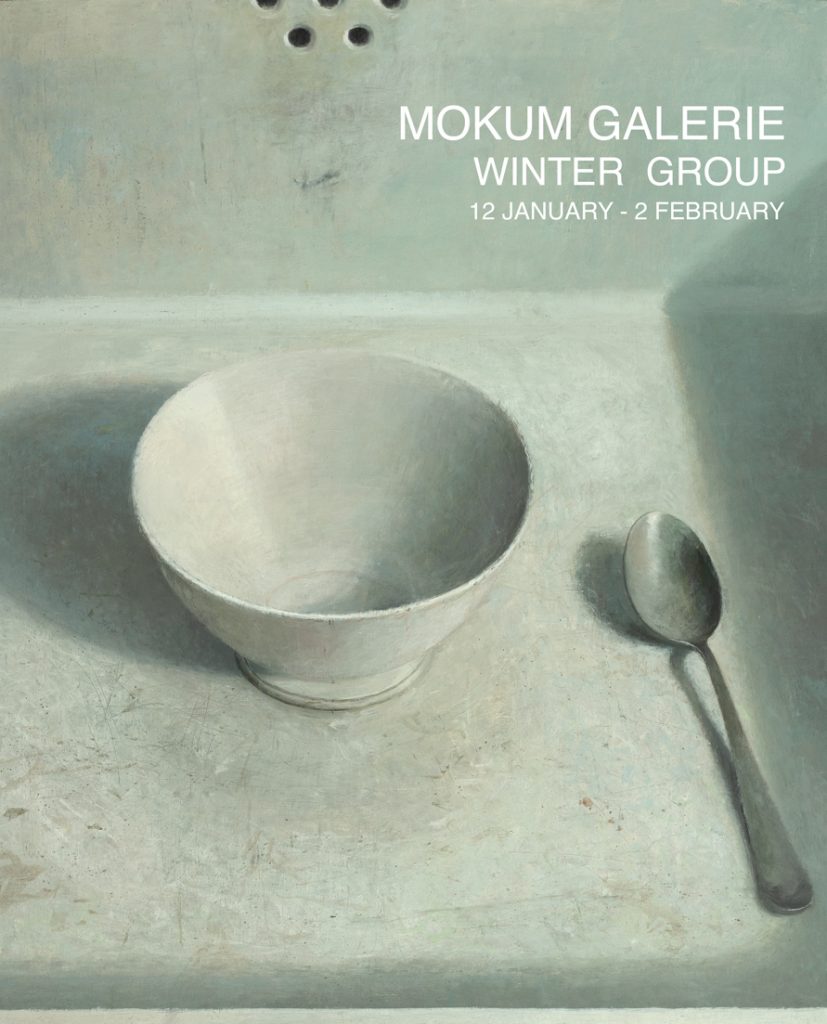

“THE OTHER ANCESTRAL GALLERY”
The National Museum of Modern Art concludes its exhibition programme in 2023 with Raffaele Zenoni’s exhibition Gallery of Other Ancestors at the Josip Račić Gallery.
For the inaugural presentation of her artistic work in Zagreb, the artist chose a dozen intensely coloured portraits from the cycle of the same name, executed in acrylic technique on canvas, and a monochrome anthropomorphic sculpture whose elongated, slender volume, according to an art historian Branko Franceschi, evokes the memory of Giacometti’s emaciated figures… continue reading…
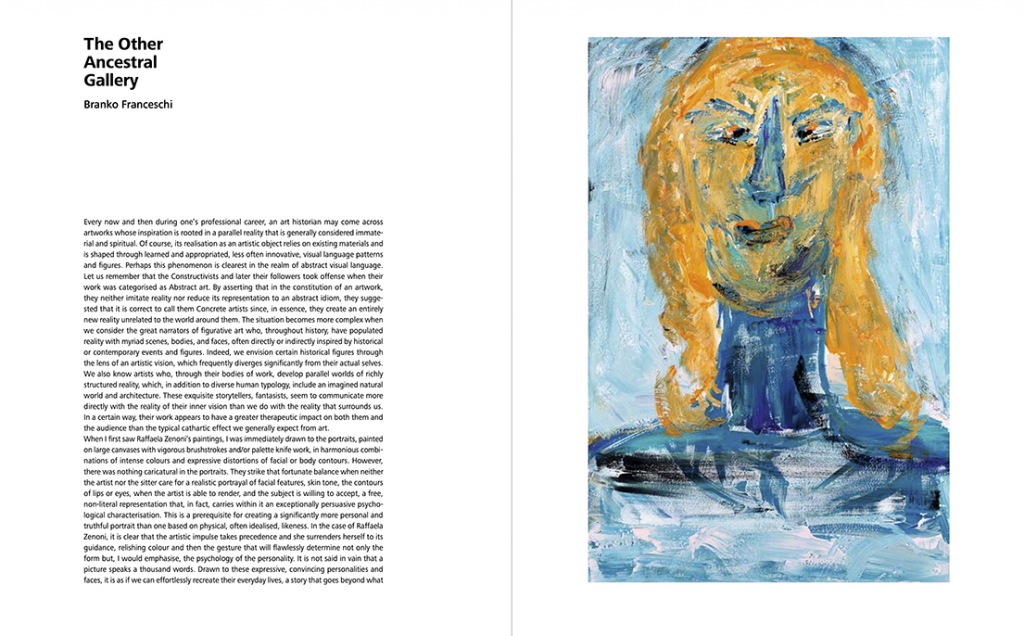
PDF Download